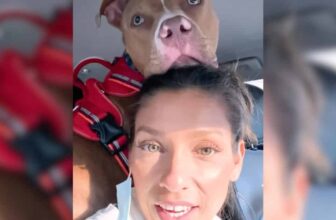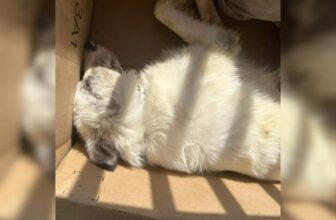
Check out our latest products
Halloween brings lots of fun with costumes, decorations, and trick-or-treaters. But this spooky holiday can create some real dangers for our furry friends. As dog parents, it’s important to know about these risks so you can keep your pet safe while still enjoying the festivities.
Candy and Food Dangers
The biggest Halloween threat to dogs is candy and other treats. Many popular Halloween goodies are toxic to dogs and can cause serious health problems.
Chocolate is the most dangerous. It contains substances called methylxanthines that dogs can’t process properly. Dark chocolate is especially harmful, but any amount can make your dog very sick. Signs of chocolate poisoning include vomiting, diarrhea, and tremors.
Xylitol is another major concern. Xylitol is a sugar substitute is found in sugar-free gum and candy. Even tiny amounts can cause your dog’s blood sugar to drop dangerously low, leading to seizures or liver damage.
Other foods to keep away from your dog include raisins, which can cause kidney failure, and anything with garlic or onions. Always keep Halloween candy in sealed containers where curious paws can’t reach them.
Costume Safety
If you plan to dress up your dog, make sure their costume fits properly and doesn’t restrict breathing or movement. Avoid costumes with small parts that could be swallowed. Some dogs feel stressed in costumes, so watch for signs of discomfort like excessive panting or trying to remove the outfit.
Decorations and Hazards
Halloween decorations can pose risks too. Keep these items away from your dog:
- Fake spider webs and string lights that could cause choking
- Candles that might be knocked over
- Small decorative items that could be swallowed
- Glow sticks, which contain chemicals that can irritate your dog’s mouth
Managing Trick-or-Treat Stress
The constant doorbell ringing and strangers in costumes can stress many dogs. Some pets may become fearful or reactive to people in masks or unusual clothing.
Create a quiet, safe space for your dog away from the front door. Use white noise or calming music to mask the sounds of trick-or-treaters. Consider giving your dog a special long-lasting treat or puzzle toy to keep them occupied.
If your dog is particularly anxious about loud noises or strangers, talk to your veterinarian ahead of time about anti-anxiety medications that might help.
Keep Your Dog Secure
With doors opening frequently for trick-or-treaters, there’s a higher chance your dog could escape. Make sure they’re wearing proper ID tags and that their microchip information is current. Keep them in a secure area of your home during peak trick-or-treat hours.
When to Call Your Vet
If your dog eats chocolate, candy, or anything they shouldn’t, contact your veterinarian right away. Don’t wait to see if symptoms develop. Keep these numbers handy: your vet’s clinic, the nearest emergency animal hospital, and the Pet Poison Helpline.
With some planning and awareness, you and your dog can have a safe and happy Halloween. Remember, when in doubt, always consult with your veterinarian about the best ways to keep your furry family member healthy during the holiday season.


![[PETHROOM] Cat Nail Clipper Trimmer for Indoor Cats with Circular Cut Hole (2mm) | Premium Sturdy Stainless Steel Blade Cat Claw | Safe, Easy, Accurate, Quiet & Fast | Avoid Overcutting](https://m.media-amazon.com/images/I/6156hi88deL._AC_SL1298_.jpg)
![[PETHROOM] Professional Eye Comb for Pets | Stainless Steel Tear Stain Remover for Cats & Dogs | Gentle Round-Head Grooming Tool | Compact & Portable for Eye Gunk Removal](https://m.media-amazon.com/images/I/71+W758uwXL._SL1500_.jpg)
![[petora] BRUSH ON ME Gentle Facial & Eye Comb for Dogs & Cats | Smooth & Stress-Free Tear Stain Remover | Fine-Tooth Grooming Tool with Rounded Tips | Comfortable Grip for Daily Pet Grooming](https://m.media-amazon.com/images/I/81hzVmjgV1L._SL1500_.jpg)









